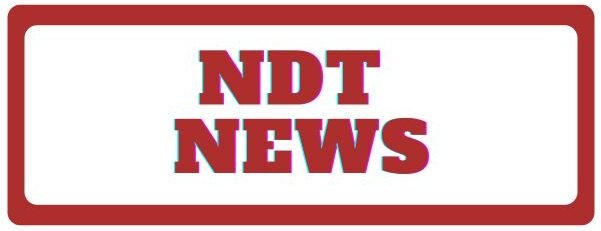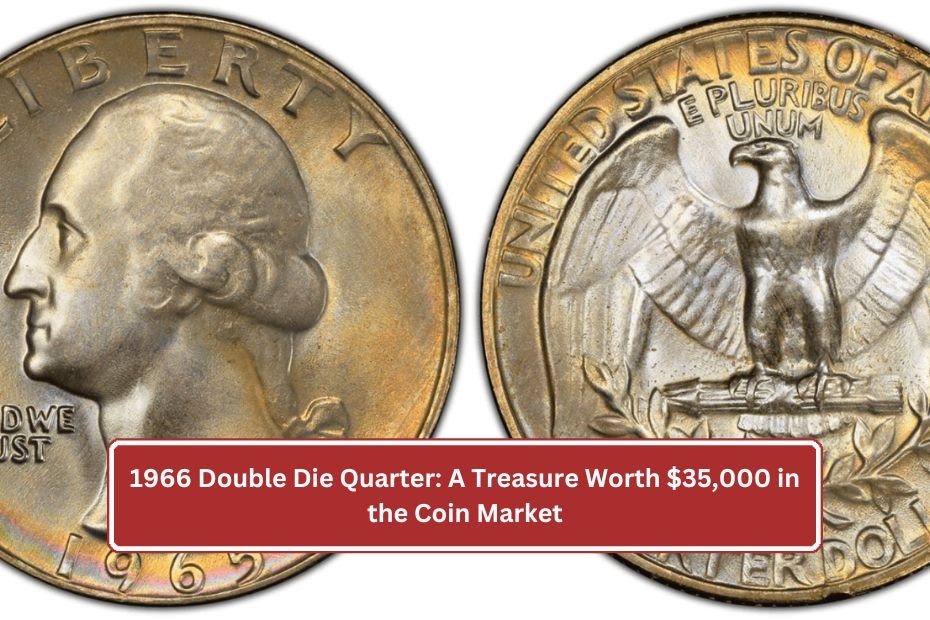Coin collecting is a fascinating hobby that often reveals hidden treasures, and one such treasure is the 1966 quarter that can be worth as much as $35,000. This article explores the details behind this valuable coin, what makes it so rare, and how collectors can identify such specimens.
Overview of the 1966 Quarter
The 1966 quarter is part of the Washington Quarter series, which was first introduced in 1932 to honor George Washington. While most quarters from this year are relatively common, a rare error variety has caught the attention of collectors and investors alike.
Key Features of the 1966 Quarter
| Attribute | Details |
|---|---|
| Year | 1966 |
| Mint Mark | P (Philadelphia), D (Denver) |
| Composition | 75% Copper, 25% Nickel |
| Weight | 6.25 grams |
| Diameter | 24.26 mm |
Design Features
- Obverse (Front): The front of the quarter features a profile of George Washington, surrounded by the inscription “Liberty” and the year “1966.”
- Reverse (Back): The reverse displays an eagle with outstretched wings, along with the words “United States of America,” “E Pluribus Unum,” and “Quarter Dollar.”
What Makes the 1966 Quarter Worth $35,000?
The potential value of a 1966 quarter stems primarily from a specific error variety known as the “1966 Double Die” quarter. This error occurred when the coin was struck multiple times, causing the design to appear doubled. This doubling can be observed on various features of the coin, most notably the date and the lettering.
Characteristics of the 1966 Double Die Quarter
- Visible Doubling: Collectors can identify this rare coin by looking for distinct doubling on the obverse. The most pronounced doubling can be seen in the word “Liberty” and the date “1966.”
- Condition: The value of the coin increases significantly based on its condition. High-grade specimens, especially those that are uncirculated, command much higher prices.
- Mint Marks: While both Philadelphia and Denver minted quarters in 1966, only the Philadelphia Mint variety is known for the doubling error.
Market Demand
The market for rare coins can fluctuate, but the interest in error coins remains high among collectors. The uniqueness of the 1966 Double Die quarter has led to significant demand, driving prices up to $35,000 or more for pristine examples.
Identifying the 1966 Quarter
If you think you might have a valuable 1966 quarter, here are some steps to help you identify it:
- Examine the Coin: Use a magnifying glass to closely inspect the obverse for signs of doubling. Look specifically at the date and the word “Liberty.”
- Check for Condition: The better the condition of the coin, the more valuable it will be. Coins that are free from wear and scratches are typically rated higher.
- Seek Professional Appraisal: If you believe your quarter might be a rare error coin, consider taking it to a reputable coin dealer or appraiser for evaluation.
Examples and Sales
Several 1966 Double Die quarters have sold at auction for impressive amounts. Here are a few notable sales:
| Sale Date | Price | Condition |
|---|---|---|
| 2020 | $35,000 | Uncirculated |
| 2021 | $18,000 | High Grade |
| 2022 | $25,000 | Near Mint |
Conclusion
The 1966 quarter worth $35,000 represents a remarkable opportunity for collectors and enthusiasts alike. While most quarters from that year are common, the 1966 Double Die error coin is a true rarity that can bring significant value to the right collector. If you happen to find one in your change or collection, take the time to inspect it carefully. You might just have a small fortune in your hands!
FAQ’s
What is the 1966 Double Die Quarter?
The 1966 Double Die Quarter is a rare error coin featuring visible doubling on the obverse, particularly in the word “Liberty” and the date “1966.”
How can I tell if my 1966 quarter is valuable?
Look for doubling on the coin’s design, particularly on the date and lettering. Additionally, check the condition of the coin, as higher-grade examples are worth more.
Where can I sell my 1966 Double Die Quarter?
You can sell your quarter at coin shops, online auction sites, or through reputable numismatic dealers who specialize in rare coins.

